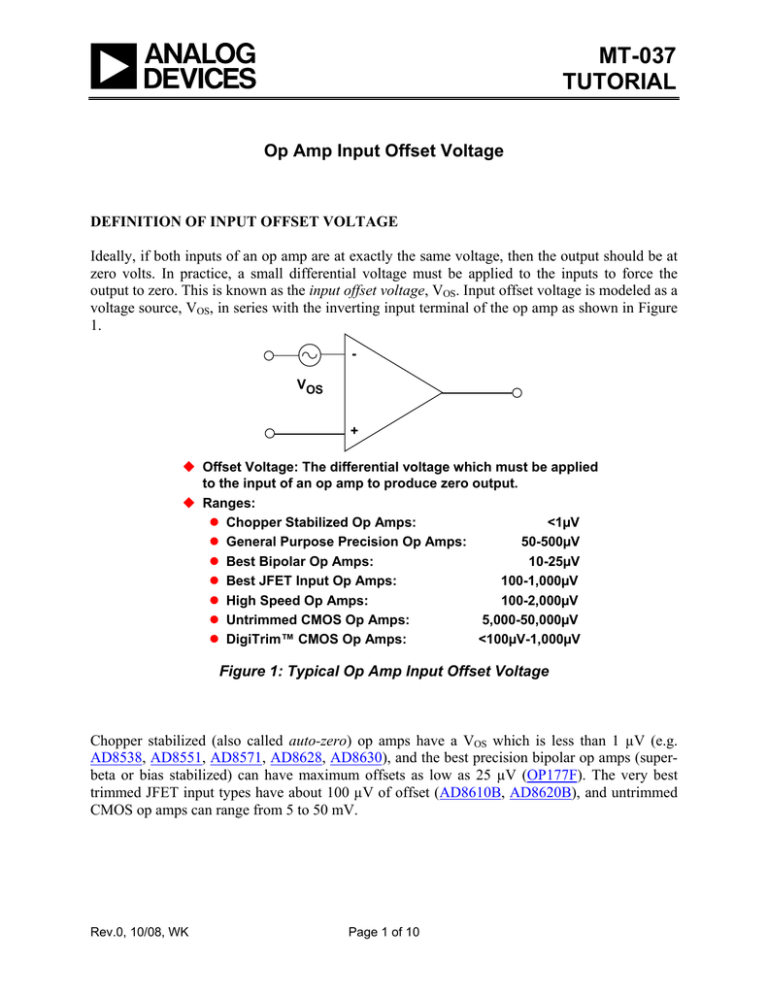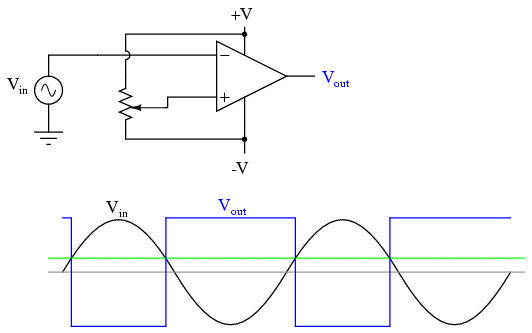
Then, a frequency range of the amplifier signaling is from 0Hz to 1MHz.The integrated circuit Op-Amp has the following characteristics Since then, 741 has been an indicator of this operational amplifier whereby it has one output pin, four input-taking pins, and seven functional pins. Definition on IC 741 Op ampĪn IC 741 op-amp comprises the general-purpose Op-Amp circuit but with an outstanding feature of a monolithic chip in the integrated circuit.įairchild semiconductors had the first manufacture of an op-amp 741 in 1963. However, we will specifically dwell on the commonly used Op-amp, the IC 741 Op Amp. Undoubtedly, there is a variety of Op-Amp ICs making up the vital components of analog circuitry. Also, you could transform it into a comparator or filter. That is to say, its role is to perform mathematical operations such as integration, subtraction, differentiation, addition, among others.įurther, combined with external components, for instance, capacitors and resistors, to produce a mandatory feedback mechanism, you can use it as an amplifier. Its design is primarily recommendable for executing analog computations.

Generally, an operational amplifier, also known as an Op-Amp, is a high voltage gaining (approx. To learn more about the importance of this amplifier on its mechanism of action, specifications, and applications, continue reading. What is more, its application in electronic circuits and devices renders it suitable and safe. With several pins in place i.e., 8 in total, IC Op-Amp 741 carries out its function effectively while depending on the exterior feedback for regulation. Apart from offering circuit flexibility in analog circuits, it has come a long way in its application in analog computers. Hint: The Thévenin equivalent resistance R TH will have an effect on v o because of the bias current flowing into the noninverting terminal of the op-amp.The new and improved Integrated Circuit Op Amplifier 741 is fast making its way in the Àtechnological field. The DAC acts like an ideal voltage source for all practical purposes. Note that the DAC and voltage divider combination can be represented by a Thévenin equivalent circuit as shown in the lower diagram on the next page. Because the value of v D is quantized, it might not be possible to reduce v o all the way to zero if not, then find the residual output voltage with the best possible setting for v D. Find the required setting for the switch bank (i.e., its corresponding binary number) to minimize the output voltage v o of the inverting amplifier for the values of V OS, I B1, and I B2 given above when v in = 0. The voltage divider formed by R a and R b reduces the DAC’s output voltage considerably. The 65,536 possible values of v D are equally spaced in value, with the minimum value equal to−10 V and the maximum +10 V. Instead, a set of 16 switches will be used to produce one of 65,536 different binary values to control a D/A (digital-to-analog) converter that generates a DC voltage v D.

A potentiometer could be connected to the op-amp’s offset null terminals to “tune out” the output voltage error, but the designer wants to avoid that solution because potentiometers are not reliable over time. Their values are V OS = 3 mV, I B1 = 50 nA, and I B2 = 54 nA. The circuit shown at the top of the next page is an inverting amplifier intended for an application that requires the elimination of the combined input offset voltage and input bias current effects.


 0 kommentar(er)
0 kommentar(er)
